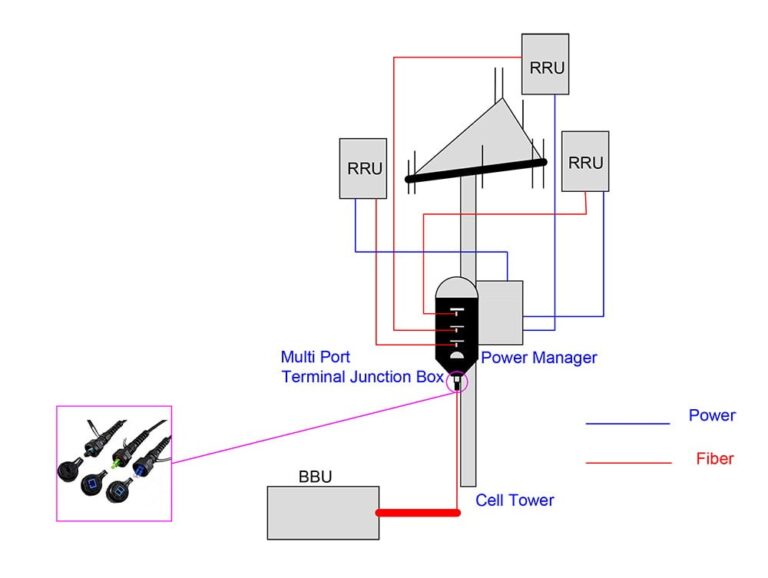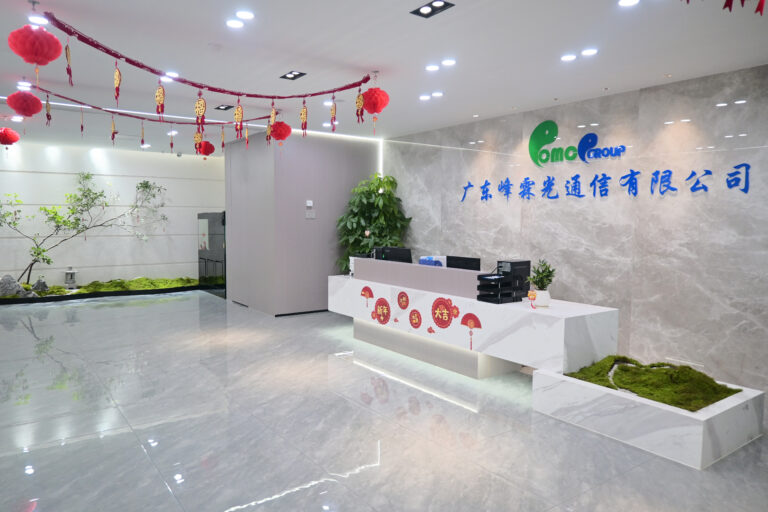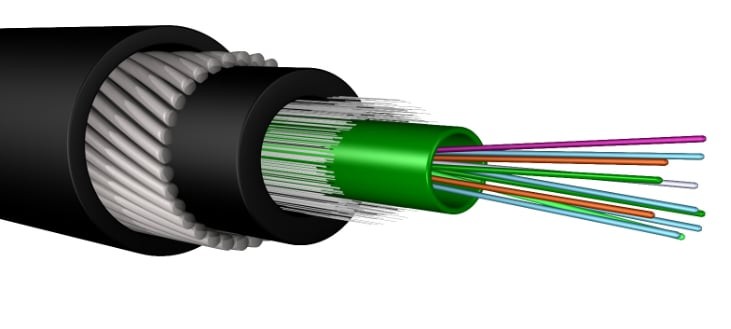Understanding Optic Fiber Drop Cable
In today’s digital world, fast internet and reliable communication are more essential than ever. One of the key technologies that make this possible is fiber optics, particularly optic fiber drop cables. These cables play a vital role in connecting homes and businesses to high-speed internet, telephone, and TV services. In this article, we will explore what optic fiber drop cables are, how they work, and why they are important in modern communication.
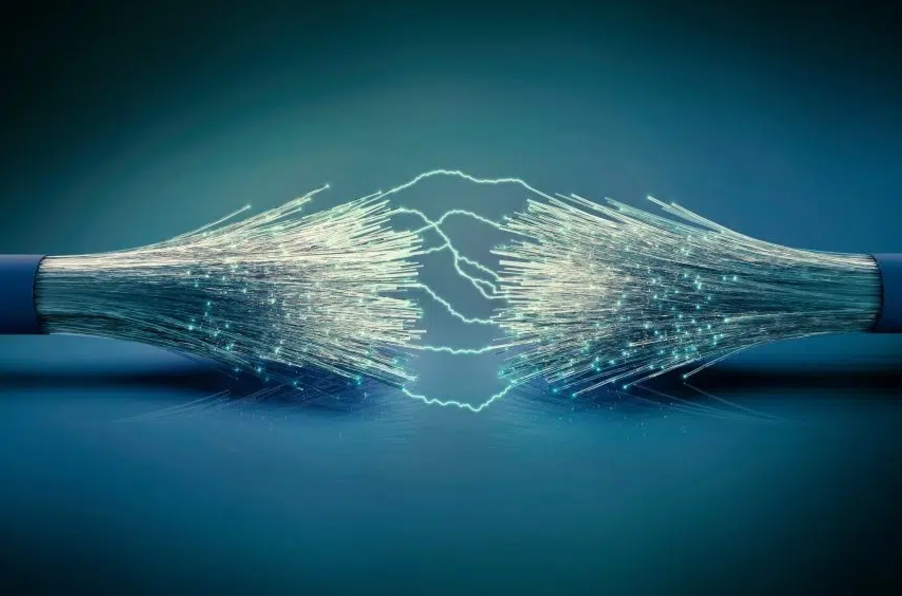
What is Optic Fiber Drop Cable?
An optic fiber drop cable is a type of fiber optic cable used to deliver services from a central network to the premises of homes, businesses, or buildings. These cables are designed for the final “drop” from a distribution point, like a street-level network, to an individual user’s location. Optic fiber drop cables are especially important in fiber-to-the-home (FTTH) and fiber-to-the-premises (FTTP) installations, offering faster, more reliable connections compared to traditional copper cables.
Fiber optic cables transmit data as light signals, which allows them to deliver much higher speeds and bandwidth than copper wires. Optic fiber drop cables are lightweight, flexible, and durable, making them suitable for both outdoor and indoor use.
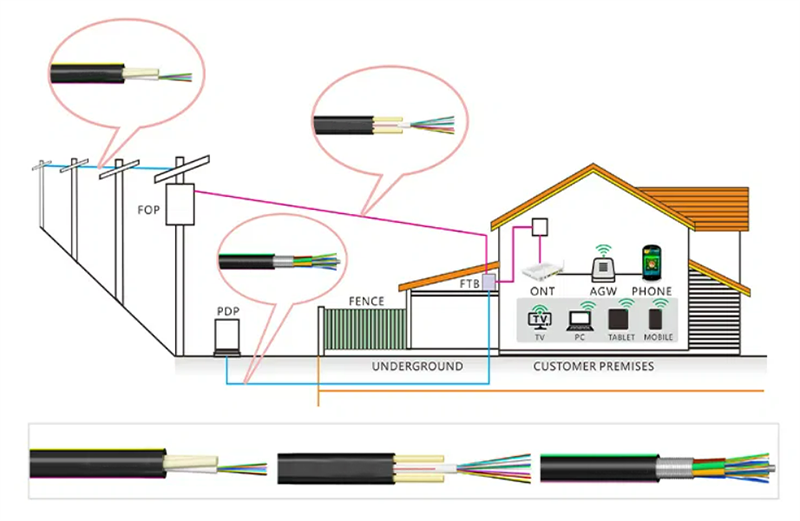
How Does Optic Fiber Drop Cable Work?
The function of optic fiber drop cables relies on the transmission of data using light. The light signals are sent through the core, bouncing off the cladding in a process called total internal reflection, ensuring the light stays inside the core over long distances. This process allows the cable to transmit data with minimal loss, making it far superior to copper cables, especially for long-range communication.
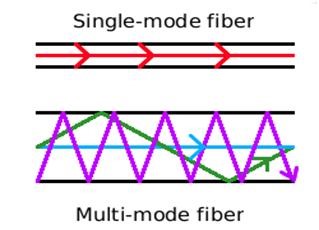
Once the signal reaches its destination, it is converted back into an electrical signal by an optical network terminal (ONT), which is connected to devices like routers, computers, or phones.
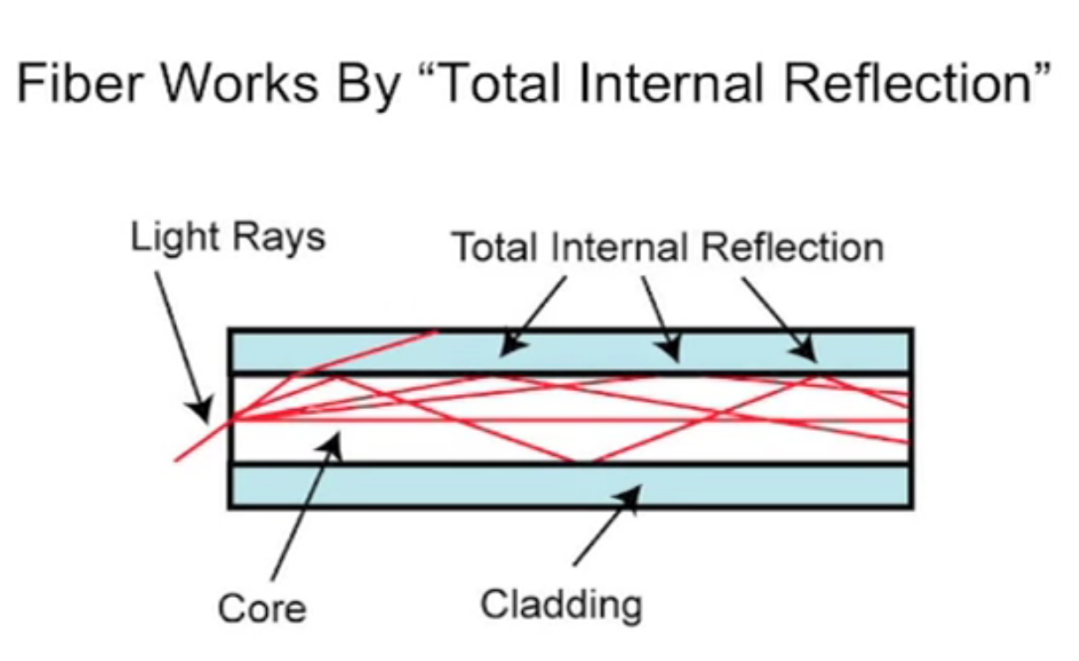
Advantages of Optic Fiber Drop Cable
The advantages of optic fiber drop cables over traditional copper cables are significant:
- Higher Speed: Fiber optic cables offer much faster data transmission speeds, making them ideal for high-bandwidth applications like video streaming, online gaming, and cloud computing.
- Longer Distance: Unlike copper cables, fiber optic cables can transmit data over much longer distances without significant signal loss.
- Durability: Fiber optic cables are more resistant to weather, temperature changes, and electromagnetic interference, making them reliable in both urban and rural settings.
- Greater Bandwidth: Fiber optics have higher bandwidth capacity, allowing them to handle more data traffic simultaneously without degradation in performance.
- Lower Latency: The speed of light transmission results in lower latency, which is essential for real-time communication applications like video conferencing or VoIP calls.
Conclusion
In summary, optic fiber drop cables are a critical component of modern telecommunications infrastructure. By offering faster speeds, greater reliability, and higher capacity than traditional copper cables, they enable high-quality internet and communication services. As the demand for faster, more efficient connectivity continues to grow, optic fiber drop cables will remain central to meeting these needs, helping connect people and businesses in an increasingly digital world.


